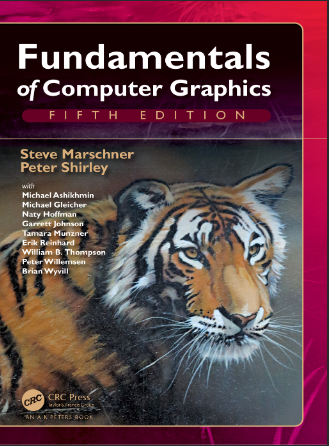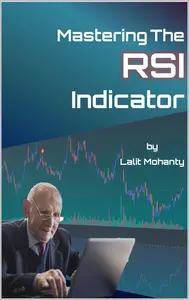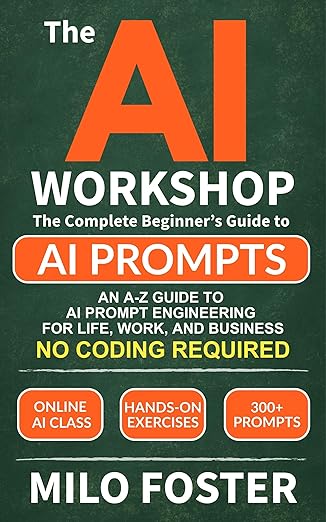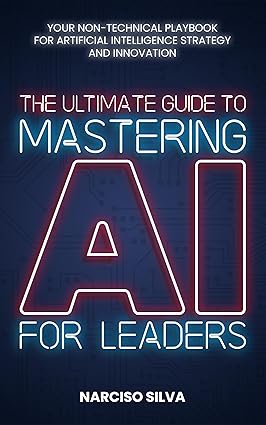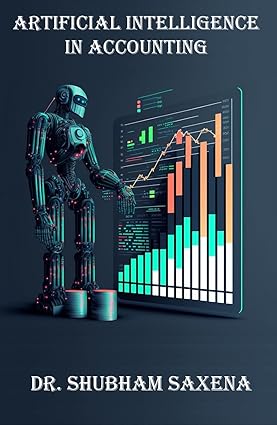1 Introduction The term computer graphics describes any use of computers to create and ma- nipulate images. This book introduces the algorithmic and mathematical tools that can be used to create all kinds of images—realistic visual effects, informative technical illustrations, or beautiful computer animations. Graphics can be two- or three-dimensional; images can be completely synthetic or can be produced by ma- nipulating photographs. This book is about the fundamental algorithms and math- ematics, especially those used to produce synthetic images of three-dimensional objects and scenes. Actually doing computer graphics inevitably requires knowing about specific hardware, file formats, and usually a graphics API (see Section 1.3) or two. Computer graphics is a rapidly evolving field, so the specifics of that knowl- API: application program interface. edge are a moving target. Therefore, in this book we do our best to avoid de- pending on any specific hardware or API. Readers are encouraged to supplement the text with relevant documentation for their software and hardware environ- ment. Fortunately, the culture of computer graphics has enough standard termi- nology and concepts that the discussion in this book should map nicely to most environments. This chapter defines some basic terminology and provides some historical background, as well as information sources related to computer graphics. 1 2 1. Introduction 1.1 Graphics Areas Imposing categories on any field is dangerous, but most graphics practitioners would agree on the following major areas of computer graphics: • Modeling deals with the mathematical specification of shape and appear- ance properties in a way that can be stored on the computer. For example, a coffee mug might be described as a set of ordered 3D points along with some interpolation rule to connect the points and a reflection model that describes how light interacts with the mug. • Rendering is a term inherited from art and deals with the creation of shaded images from 3D computer models. • Animation is a technique to create an illusion of motion through sequences of images. Animation uses modeling and rendering but adds the key issue of movement over time, which is not usually dealt with in basic modeling and rendering. There are many other areas that involve computer graphics, and whether they are core graphics areas is a matter of opinion. These will all be at least touched on in the text. Such related areas include the following: • User interaction deals with the interface between input devices such as mice and tablets, the application, feedback to the user in imagery, and other sen- sory feedback. Historically, this area is associated with graphics largely be- cause graphics researchers had some of the earliest access to the input/out- put devices that are now ubiquitous. • Virtual reality attempts to immerse the user into a 3D virtual world. This typ- ically requires at least stereo graphics and response to head motion. For true virtual reality, sound and force feedback should be provided as well. Be- cause this area requires advanced 3D graphics and advanced display tech- nology, it is often closely associated with graphics. • Visualization attempts to give users insight into complex information via visual display. Often, there are graphic issues to be addressed in a visual- ization problem. • Image processing deals with the manipulation of 2D images and is used in both the fields of graphics and vision
چکیده فارسی
1 مقدمه اصطلاح گرافیک کامپیوتری هرگونه استفاده از رایانه برای ایجاد و دستکاری تصاویر را توصیف می کند. این کتاب ابزارهای الگوریتمی و ریاضی را معرفی می کند که می توان از آنها برای ایجاد انواع تصاویر استفاده کرد - جلوه های بصری واقعی، تصاویر فنی آموزنده، یا انیمیشن های کامپیوتری زیبا. گرافیک می تواند دو یا سه بعدی باشد. تصاویر می توانند کاملا مصنوعی باشند یا با دستکاری عکس ها تولید شوند. این کتاب در مورد الگوریتم های اساسی و ریاضیات است، به ویژه آنهایی که برای تولید تصاویر مصنوعی از اشیاء و صحنه های سه بعدی استفاده می شوند. در واقع انجام گرافیک کامپیوتری به ناچار نیاز به دانستن سخت افزار خاص، فرمت های فایل و معمولاً یک API گرافیکی دارد (به بخش 1.3 مراجعه کنید) یا دو. گرافیک کامپیوتری یک زمینه به سرعت در حال تحول است، بنابراین ویژگی های آن دانش API: رابط برنامه کاربردی است. لبه یک هدف متحرک هستند. بنابراین، در این کتاب تمام تلاش خود را میکنیم تا از وابستگی به سختافزار یا API خاصی اجتناب کنیم. خوانندگان تشویق می شوند که متن را با اسناد مربوط به محیط نرم افزاری و سخت افزاری خود تکمیل کنند. خوشبختانه، فرهنگ گرافیک کامپیوتری دارای اصطلاحات و مفاهیم استاندارد کافی است که بحث در این کتاب باید به خوبی با بیشتر محیط ها ترسیم شود. این فصل برخی از اصطلاحات اساسی را تعریف می کند و برخی پیشینه تاریخی و همچنین منابع اطلاعاتی مرتبط با گرافیک کامپیوتری را ارائه می دهد. 1 2 1. مقدمه 1.1 حوزه های گرافیکی تحمیل دسته بندی ها در هر زمینه ای خطرناک است، اما اکثر متخصصان گرافیک در زمینه های اصلی گرافیک کامپیوتری زیر توافق دارند: • مدل سازی با مشخصات ریاضی شکل و ویژگی های ظاهری سروکار دارد به گونه ای که می تواند روی کامپیوتر ذخیره شود به عنوان مثال، یک لیوان قهوه ممکن است به عنوان مجموعه ای از نقاط سه بعدی مرتب شده به همراه برخی قوانین درون یابی برای اتصال نقاط و یک مدل بازتابی توصیف شود که نحوه تعامل نور با لیوان را توصیف می کند. • رندر اصطلاحی است که از هنر به ارث رسیده است و به ایجاد تصاویر سایه دار از مدل های کامپیوتری سه بعدی می پردازد. • انیمیشن تکنیکی برای ایجاد توهم حرکت از طریق دنباله ای از تصاویر است. انیمیشن از مدل سازی و رندر استفاده می کند اما موضوع کلیدی حرکت را در طول زمان اضافه می کند که معمولاً در مدل سازی و رندر اولیه به آن پرداخته نمی شود. بسیاری از زمینه های دیگر وجود دارند که شامل گرافیک کامپیوتری می شوند، و اینکه آیا آنها حوزه های گرافیکی اصلی هستند یا خیر، یک موضوع نظر است. همه اینها حداقل در متن مورد بررسی قرار خواهند گرفت. چنین حوزههای مرتبط شامل موارد زیر است: • تعامل کاربر با رابط بین دستگاههای ورودی مانند موشها و تبلتها، برنامه کاربردی، بازخورد به کاربر در تصاویر، و دیگر بازخوردهای حسی سروکار دارد. از نظر تاریخی، این حوزه عمدتاً با گرافیک مرتبط است، زیرا محققان گرافیک برخی از اولین دسترسیها را به دستگاههای ورودی/خروجی داشتند که اکنون در همه جا وجود دارند. • واقعیت مجازی سعی می کند کاربر را در دنیای مجازی سه بعدی غوطه ور کند. این به طور معمول حداقل به گرافیک استریو و پاسخ به حرکت سر نیاز دارد. برای واقعیت مجازی واقعی، بازخورد صدا و نیرو نیز باید ارائه شود. از آنجایی که این ناحیه به گرافیک سه بعدی پیشرفته و فناوری نمایشگر پیشرفته نیاز دارد، اغلب با گرافیک مرتبط است. • تجسم تلاش می کند تا از طریق نمایش بصری به کاربران بینشی نسبت به اطلاعات پیچیده بدهد. اغلب، مسائل گرافیکی وجود دارد که باید در یک مشکل بصری مورد توجه قرار گیرد. • پردازش تصویر با دستکاری تصاویر دو بعدی سروکار دارد و در هر دو زمینه گرافیک و بینایی استفاده می شود
ادامه ...
بستن ...
Fifth edition published 2022
by CRC Press
6000 Broken Sound Parkway NW, Suite 300, Boca Raton, FL 33487-2742
and by CRC Press
2 Park Square, Milton Park, Abingdon, Oxon, OX14 4RN
© 2022 Taylor & Francis Group, LLC
CRC Press is an imprint of Taylor & Francis Group, LLC
Reasonable efforts have been made to publish reliable data and information, but the author and publisher cannot assume responsibility for the validity of all materials or the
consequences of their use. The authors and publishers have attempted to trace the copyright holders of all material reproduced in this publication and apologize to copyright
holders if permission to publish in this form has not been obtained. If any copyright material has not been acknowledged please write and let us know so we may rectify in
any future reprint.
Except as permitted under U.S. Copyright Law, no part of this book may be reprinted, reproduced, transmitted, or utilized in any form by any electronic, mechanical, or other
means, now known or hereafter invented, including photocopying, microfilming, and recording, or in any information storage or retrieval system, without written permission
from the publishers.
For permission to photocopy or use material electronically from this work, access www.copyright.com or contact the Copyright Clearance Center, Inc. (CCC), 222 Rosewood
Drive, Danvers, MA 01923, 978-750-8400. For works that are not available on CCC please contact mpkbookspermissions@tandf.co.uk
Trademark notice: Product or corporate names may be trademarks or registered trademarks and are used only for identification and explanation without intent to infringe.
Library of Congress Cataloging‑in‑Publication Data
Names: Marschner, Steve, author. | Shirley, Peter, author.
Title: Fundamentals of computer graphics / Steve Marschner, Peter Shirley.
Description: 5th edition. | Boca Raton: CRC Press, 2021. | Includes
bibliographical references and index. Identifiers: LCCN 2021008492 |
ISBN 9780367505035 (hardback) | ISBN 9781003050339 (ebook)
Subjects: LCSH: Computer graphics.
Classification: LCC T385 .M36475 2021 | DDC 006.6—dc23
LC record available at https://lccn.loc.gov/2021008492
ISBN: 978-0-367-50503-5 (hbk)
ISBN: 978-0-367-50558-5 (pbk)
ISBN: 978-1-003-05033-9 (ebk)
Typeset in Times
by codeMantra
ادامه ...
بستن ...
